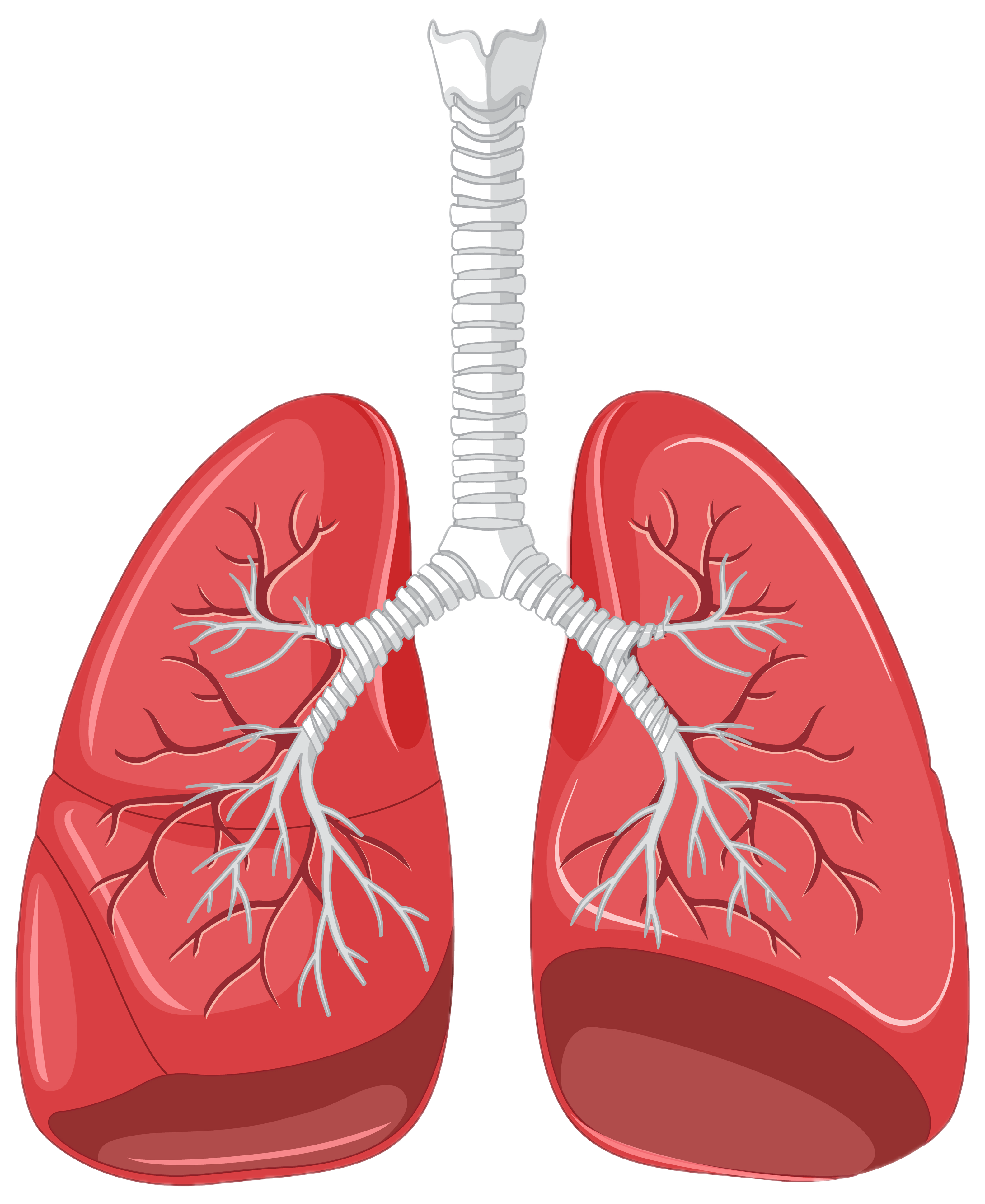STATE GHAZIPUR HOMOEOPATHICMEDICAL COLLEGE & HOSPITALDepartment of Practice of Medicine
Topic - Breath Sound : Normal & Abnormal
Faculty Advisors:
- • Dr. Sunrita Das (Assistant Professor)
- • Dr. Dharmesh Gujarati (Assistant Professor)
- • Dr. R.R. Mishra (Guest Lecturer)
Project Team:

Interactive Lung Visualization
Click on different regions of the lungs to hear corresponding sounds.
Interactive Lung Map
Color codes: ● Normal sounds, ● Abnormal sounds
Click on any marker to hear the corresponding sound. Hover for information.
Key anatomical regions:
- • Upper lobes - Apex
- • Middle/Lingular
- • Lower lobes - Base
Auscultation sequence:
- • Compare left and right sides
- • Listen through full inspiration and expiration
- • Move in systematic pattern
Selected Sound
Vesicular
Soft, low-pitched sound heard when listening over most lung fields. Inspiratory phase is longer than expiratory phase.
Location: Most peripheral lung regions during normal breathing
Vesicular
Breath Sound Library
Normal Breath Sounds
Vesicular
Soft, low-pitched sound heard when listening over most lung fields. Inspiratory phase is longer than expiratory phase.
Bronchial
Loud, high-pitched, hollow sounds with a gap between inspiratory and expiratory phases. Expiratory phase is longer than inspiratory phase.
Broncho-vesicular
Medium-pitched sounds with equal inspiratory and expiratory phases. Intermediate between bronchial and vesicular sounds.
Abnormal Breath Sounds
Wheezes
Continuous, high-pitched musical sounds caused by air moving through narrowed airways.
Location: Common in asthma and COPD patients
Crackles (Rales)
Discontinuous, non-musical sounds like small bubbles bursting or paper rustling.
Location: Often heard in pulmonary edema and pneumonia
Rhonchi
Continuous, low-pitched gurgling sounds that indicate airway secretions.
Location: Typically heard in bronchitis and COPD
Stridor
Harsh, high-pitched sound heard primarily during inspiration.
Location: Upper airway obstruction
Pleural Rub
Grating or creaking sound caused by inflamed pleural surfaces rubbing together.
Location: Heard with pleurisy or pleural inflammation
Sound Comparison Tool
Enable comparison mode to compare any two breath sounds side by side for educational purposes.
Educational Resources
Auscultation Technique
Learn proper positioning and technique for effective lung auscultation.
Read more →Clinical Significance
Understand how different breath sounds correlate with clinical conditions.
Read more →Practice Cases
Test your knowledge with real patient scenarios and breath sound identification.
Read more →